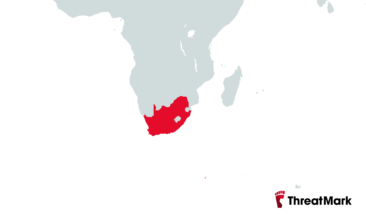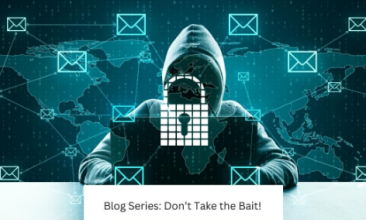
How the Nordics Are Tackling Phishing in a Cashless World
The Nordic region – including Sweden, Denmark, Norway, Finland, and Iceland – is known for embracing the future. From cozy coffee shops in Stockholm to high-tech hubs in Helsinki, going cashless is the new normal. But with this digital shift comes a problem: a surge in phishing attacks.
What’s the Deal with Phishing?
Phishing is a digital con game. Imagine getting an email that looks like it’s from your bank, asking you to “confirm” your account details. You click the link, fill in your info, and bam – you’ve just handed your secrets to a scammer. These attacks often masquerade as legitimate communications from trusted entities to deceive victims into divulging personal information or transferring money.
People love the convenience of paying with their phones and cards, but this digital convenience also makes it easier for cybercriminals to try their tricks. So, how do banks stay one step ahead in protecting their digital banking customers?
is a digital con game. Imagine getting an email that looks like it’s from your bank, asking you to “confirm” your account details. You click the link, fill in your info, and bam – you’ve just handed your secrets to a scammer.
Nordic Governments are stepping up, but is it enough?
Despite Swedish Prime Minister Kristersson taking proactive steps, advocating for more stringent consumer protection measures in discussions with banking representatives, digital fraud continues to rise. The same can be said for the other Nordic countries. Governments are working to strengthen legal frameworks, enhance collaboration with financial institutions, and raise public awareness about cybersecurity. However, the sophistication of modern phishing attacks often outpaces these measures.
The transition to cashless societies has unfortunately brought with it a wave of digital fraud. In Sweden, cybercriminals have become increasingly sophisticated, employing tactics such as phishing, Authorized Push Payment (APP) fraud, and investment scams. These scams not only trick individuals into transferring money but also exploit the seamless nature of instant payment systems like Swish, which is used by over 90% of adults in Sweden.
APP fraud, where individuals are deceived into authorizing payments to fraudsters, has seen a significant uptick. Similarly, investment scams promise high returns on non-existent opportunities, leading to substantial financial losses. These types of fraud bypass traditional security measures and place a heavy burden on both consumers and financial institutions.
Norway and Denmark are also experiencing similar challenges, with a marked increase in phishing attacks targeting both individuals and businesses. The integration of digital payment methods has made it easier for cybercriminals to execute these scams, highlighting the urgent need for advanced cybersecurity solutions.
As the threat landscape evolves, advanced solutions are crucial. Banks and financial institutions must leverage advanced technologies like those offered by ThreatMark to stay ahead of cybercriminals. By combining cutting-edge threat detection, behavioral analytics, and comprehensive fraud intelligence, these institutions can protect their customers and maintain trust in digital transactions.
A Collaborative Effort
Protecting the digital ecosystem in the Nordics requires a collaborative effort between governments, financial institutions, and technology providers. While legislative measures and public awareness are essential, they must be complemented by sophisticated technological solutions. With ThreatMark’s innovative tools, the Nordics can continue to lead in digital transformation while ensuring the safety and security of their cashless societies.
By staying informed and adopting the right tools, we can navigate the challenges of a cashless world and protect against the ever-evolving threat of phishing.


